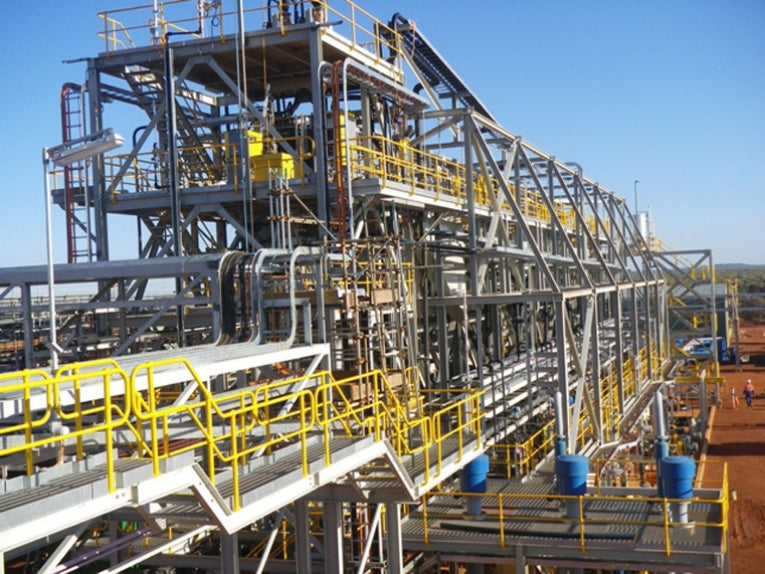China currently supplies 97% of the so-called Rare Earths - metal elements which are vital to green technologies like electric cars, fuel cells or wind turbines, not to mention iPhones, plasma screens, and myriads of other consumer goods.
Because it needs them for its own manufacturing industry, China instituted export quotas in July last year, resulting in a 40% cutback.
The global price has sky-rocketed in response to this decision, triggering a hunt for other sources of the materials. According to a new report from Pike Research, demand for rare earths in the clean technology industry will reach 12,920 tons per year by 2017, up from approximately 9,000 tons annually in 2011, which could place an increased strain on global supply for these emerging applications.

A Rare Earth ore, with a one cent coin for comparison, photo: USGS
The good news is that they are not that "rare". It is just that the low price discouraged production from other places, and the environmental consequences of mining and processing the ore were pretty grim: deadly acids like sulphuric, hydrochloric and nitric acid are needed to dissolve out the rare earths, and some of the residue contains radioactive substances like uranium and thorium. Most people have no idea how toxic the waste produced to make their latest smart phone actually is. One source outside China is Estonia in the Former Soviet Union.
Away from the sight of the world, the USSR was able to experiment with new methods of extracting the ores, with no-one able to complain about the damage to their environment. A huge open waste pond containing 6000 tons of tailings, including 1200 tons of Uranium was the object of a combined Baltic States and EU funded project, which saw the pond covered and made safer in 2009, although it will have to be monitored for 1000 years before the waste is no longer dangerous
Many companies are searching the world to find other good sites to extract, and governments are becoming increasingly aware how vulnerable their economies are if there is just one global supplier. Prospecting is going on in the USA, Brazil, Australia, and Russia.
An Australian company called Lynas Group is currently hurrying to complete a massive project in Kuantan, Malaysia, which is projected to produce one third of the world's demand for rare earths in two years.
Since the Fukushima nuclear power plant disaster the Malaysian government has had qualms about this plant and a team of UN inspectors are checking the radioactive content of the waste produced. The plan is to transport some of the rare earths from Australia to Malaysia for further processing. This has resulted in opposition in both countries
The ultimate exploration location for rare earth depots must surely be the moon. Mr. Naveen Jain, who has started a company called Moon Express Inc. in California, has plans to send robotic rovers to the moon, to search for ores, which would then be mined and sent back via rocket. At least he wouldn't have to worry about protesters.
Top image is Flotation Section viewed from Ball Mill area at the Concentration Plant, Mount Weld, Western Australia, courtesy Lynas Corporation.
Link: Rare Earths.










